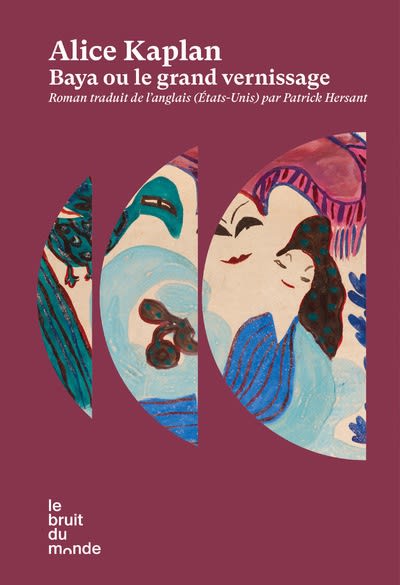Paris, 21 November 1947, the young Baya Mahieddine exhibited her paintings in Paris. In front of Aime Maeght’s gallery. Painters Braque and Andre Marchand, writers Albert Camus, Andre Breton and Francois Mauriac, came to observe the brightly pigmented paintings of a 16-year-old Algerian girl.
Alice Kaplan’s writing, which traces with almost obsessive meticulousness the evening when Baya exhibited, capturing both this young girl and the atmosphere of post-war France and the beginnings of a war to come.
Paris was slowly emerging from the shadows of the Second World War, and this young native girl was in the spotlight. In a France that was about to enter the throes of the wars of decolonisation, starting with that of the Algerian jewel in its colonial crown, the young girl was hailed as a raw, innate talent. Of course, the French overseas territory had already risen up, notably on 8 May 1945, when Algerians demonstrated in Guelma, Setif and Kherrata. France, celebrating the surrender of Germany and the end of the Nazi yoke, put a bloody end to these demonstrations of freedom.
In the background of this vernissage, the massacres and Algeria’s boiling independence movement loom large.
Juillet 23, 2024
1
sur 25

